How to Break Down Complex Math Problems in Your Homework
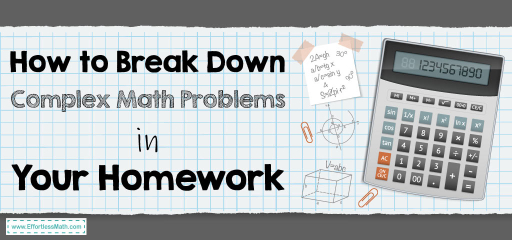
Start With What You Know
Examine every issue closely. Look for the ideas, figures, and facts you identify. First, record these. This provides you a good beginning from which to develop. Because math builds on itself in layers, building this foundation is absolutely vital. Solving difficult issues calls for first knowing your current knowledge, much as building a house calls for a solid basis. Take all the provided data and arrange it neatly on your page. Observe any limitations or requirements stated in the problem description. Look for implied rather than explicit concealed knowledge. Often, especially in word problems or application contexts, important information is concealed in the language of issues. Examining this data methodically helps to avoid missing important components.
Ask For Help When Needed
Don’t be afraid to ask for help when things feel overwhelming. Many students struggle to juggle multiple subjects, tight deadlines, and personal responsibilities simultaneously. That’s where getting online help can make a real difference. Professionals are ready to guide you, whether you’re dealing with math problems, essays, or science reports. Instead of spending hours stressing over one task, you can rely on https://domyhomework.net, an assignment writing service that supports students who need a boost to stay on track. It’s not about giving up but finding smart ways to manage your time and effort. This option can be a total game-changer for students aiming to improve their grades or deepen their understanding. Getting expert help doesn’t mean you’re incapable- you’re resourceful. Remember, homework doesn’t have to be a solo mission when you’ve got reliable support just a click away.
Draw Pictures When Possible
Visual aids help your brain process information better. Make simple sketches for geometry or word problems. These drawings need not be perfect – just valuable for you. Our brains often process visual information more efficiently than abstract symbols. A quick sketch activates different neural pathways and can reveal patterns or relationships not immediately obvious from equations alone. For physics problems, draw force diagrams. For probability questions, create tree diagrams showing possible outcomes. These visual tools externalize your thinking process and reduce cognitive load, freeing mental resources for problem-solving rather than trying to hold all information in your head simultaneously.
Graphs can show relationships between variables. Tables organize multiple values in one place. Diagrams turn abstract ideas into shapes you can see. Converting written descriptions into visual representations forces you to interpret information actively rather than passively reading. This translation process itself often reveals insights about the problem structure. When working with functions, sketching rough graphs helps you visualize the domain, range, increasing/decreasing behavior, and critical points. For geometry problems, accurate diagrams let you measure angles, identify similar triangles, or spot symmetry. Even simple number line representations can clarify inequalities or absolute value problems by showing solution intervals visually.
Break Into Smaller Steps
Cut big problems into mini-problems. Solve each mini-problem one at a time. This turns an impossible task into several doable ones. This divide-and-conquer approach is fundamental to mathematical thinking at all levels. Each smaller step creates a sense of progress and builds momentum toward the complete solution. Breaking problems down also makes it easier to spot errors since you can check each component individually. For complex algebra, this might mean handling one operation at a time. For calculus problems, separate differentiation from substitution steps. For geometry, tackle angle relationships before working on areas or volumes. Write down each mini-step clearly, allowing space on your paper to show your work thoroughly.
Use What You’ve Learned Recently
Your teacher likely assigned problems related to recent lessons. Check your notes from class. Look for similar examples in your textbook. Homework rarely introduces completely new concepts without any foundation. Instead, it typically applies principles you’ve encountered in slightly different contexts or combinations. Review worked examples that share characteristics with your current problem. Pay attention to the solution methods, not just the answers, demonstrated in these examples. Notice patterns in how certain types of issues are approached. Your recent classwork provides templates that can be adapted to new situations. Sometimes, combining techniques from several lessons creates the pathway to solving a complex problem.
Most homework builds on past learning. Think about which formulas or methods apply to the current problem. Your textbook’s chapter organization offers clues – issues often relate to the section where they appear. Consider the broader mathematical topic you’re studying and what tools that field typically employs. Algebra problems might require the manipulation of expressions or the solving of equations. Geometry problems often involve theorems about angles, triangles, or circles. Calculus problems need derivatives, integrals, or limit evaluations. Matching the problem type to appropriate mathematical tools narrows your solution path considerably. Sometimes writing a list of potentially relevant formulas triggers connections between what you know and what the problem requires.
Try Different Approaches
If you get stuck, try another way. Math problems often have multiple solution paths. Sometimes a different angle makes everything clear. This flexibility in thinking distinguishes strong problem-solvers from those who struggle. When your initial approach hits a dead end, view it as an opportunity to explore alternative methods rather than a failure. Perhaps algebraic manipulation becomes too complex – try a numerical or graphical approach instead. Direct calculation seems overwhelming – consider using symmetry principles or pattern recognition. Each different approach you attempt builds your mathematical toolkit for future problems. Even unsuccessful attempts teach you about the problem’s structure and eliminate specific solution paths, narrowing your search for the correct method.
Work backward from the answer if possible. This helps with checking your work and finding mistakes in your steps. Reverse engineering problems with known answers builds intuition about how different operations affect outcomes. Some textbooks provide answers to odd-numbered problems specifically to enable this learning strategy. When working backward, you understand why specific steps are necessary and how they connect to produce final results. This technique proves especially useful for problems involving multiple transformations or operations. If your textbook includes detailed solutions for selected problems, study these carefully to understand the logic behind each step. Compare your solution approach with the model solution, noting differences in efficiency or elegance.
Common Strategies to Try:
- Look for patterns in the numbers
- Substitute simpler values to test your method
- Break complex fractions into simpler ones
- Factor complex expressions
- Use known formulas that fit the situation
- Try special cases first, then move to general cases
- Eliminate impossible cases through logical reasoning
- Rewrite problems using different notations or formats
- Apply symmetry principles when appropriate
- Consider extreme or boundary cases
- Use dimensional analysis to verify formula consistency
- Convert abstract problems to concrete examples
- Test your understanding with numerical verification
- Apply estimation techniques to check reasonableness
Check Your Work
Always review your solution. Does your answer make sense? Is it too big or too small? Does it match the units needed? This critical evaluation step prevents careless errors from undermining otherwise solid understanding. Develop a habit of estimating reasonable answers before calculating precisely. Then compare your final result against this initial estimate. For example, if you calculate a car’s speed and your answer exceeds the speed of light, something goes wrong. Physical quantities should have appropriate magnitudes and signs. Probabilities must fall between zero and one. Geometric measurements cannot be negative. This “reality check” catches many absurd answers that technical correctness might miss.
Plug your answer back into the original problem. See if everything balances out. This step catches many errors before you submit your work. Substitution provides a powerful verification method applicable to most math problems. For equations, check that your solution creates a true statement when replaced in the original equation. For word problems, confirm that your answer satisfies all stated conditions. For geometric proofs, verify that your conclusion follows logically from given and established theorems. This verification process builds confidence in your answer and reinforces the connections between problem statements and solutions. When time permits, solve the problem using a completely different method as an additional check. The agreement between different approaches strongly suggests correctness.
Learn From Mistakes
When you make errors, study them closely. They show where you need more practice. Common mistakes often reveal gaps in understanding basic concepts. Errors provide valuable learning opportunities that correct answers sometimes don’t. Analyze exactly where your solution diverged from the proper path. Was it a conceptual misunderstanding? A calculation error? An incorrect formula? Misinterpretation of the problem statement? Each type of mistake points to specific areas needing attention. Keep track of recurring error patterns in your work. You may consistently make sign errors when manipulating negative numbers or forget to apply the chain rule correctly in calculus. Identifying these patterns helps you develop targeted strategies to prevent similar mistakes in future problems.
Practice Makes Progress
Do extra problems beyond your homework. This builds confidence and speed. Start with easier versions of complex issues. Regular practice strengthens neural pathways associated with mathematical reasoning, making future problem-solving more efficient. The brain builds stronger connections through repeated activation of relevant thinking patterns. Seek varied practice rather than repeatedly solving nearly identical problems. Look for examples that apply the same concepts in different contexts or combine multiple concepts in novel ways. Many textbooks arrange practice problems in increasing difficulty – start with easier ones to build confidence before tackling more challenging versions. Online resources like Khan Academy, Brilliant, or textbook companion websites offer additional practice opportunities with immediate feedback.
Review old tests and quizzes. Redo problems you missed before. This strengthens weak areas in your math skills. Past assessments highlight specific concept gaps that require attention. You can assess whether your understanding has improved by revisiting these challenges after some time. Create your practice tests under timed conditions to simulate exam environments. This preparation reduces test anxiety by familiarizing yourself with performance pressure. Focus extra practice on problem types that consistently challenge you, while occasionally reviewing more comfortable material to maintain mastery. Spaced repetition – reviewing material at increasing intervals – promotes long-term retention better than cramming does.
End Note
Breaking down complex math problems transforms overwhelming challenges into manageable steps. This approach builds both skills and confidence over time. Small victories on mini-problems create momentum toward solving the complete challenge.
Remember that every mathematical giant started with basic principles. They developed problem-solving abilities through consistent practice and systematic approaches. You can follow this same path by applying the breakdown techniques described throughout this article.
Start each problem by identifying what you know and what you need to find. Draw helpful visuals when possible. Divide large problems into smaller pieces. Try different solution paths when stuck. Check your work carefully once finished. Learn from mistakes by analyzing where your understanding needs improvement.
Frequently Asked Questions
How do you calculate the area of a circle?
To calculate the area of a circle, you first need the radius, which is the distance from the center of the circle to any point on its edge. The formula to find the area is \( A = \pi r^2 \), where \( A \) represents the area and \( r \) is the radius. If the problem seems complex, start by identifying what you know—such as the radius or diameter (remember, the diameter is twice the radius)—and apply the formula step-by-step. This method of breaking down the problem into manageable parts can make understanding and solving even tricky math problems more approachable, much like strategies discussed in resources like the Top 10 Grade 3 Math Books Inspiring Young Mathematicians To Explore.
How do you calculate the area and perimeter of different shapes?
To calculate the area and perimeter of different shapes, start by identifying the type of shape (e.g., rectangle, circle, triangle) and then apply the relevant formulas. For a rectangle, calculate the area by multiplying the length by the width and the perimeter by adding twice the length and twice the width. For circles, use the formula \( \pi r^2 \) for the area and \( 2\pi r \) for the circumference. Breaking down the problem into these actionable steps, much like dividing complex math problems into smaller parts as discussed in the post, can make the task more manageable. For more detailed examples, you might find this guide on calculating circumference, area, and volume helpful.
What is the difference between an equation and an expression?
Understanding the difference between an equation and an expression can significantly simplify tackling complex math problems, much like breaking them down into manageable parts as discussed in your homework strategy. An expression is a combination of numbers, variables (like x or y), and operations (like addition or multiplication) that represents a value. For example, \(2x + 3\) is an expression. On the other hand, an equation involves expressions set equal to each other, like \(2x + 3 = 11\). It includes an equality sign (=) and represents a condition that we can solve for an unknown variable. Recognizing whether your homework problem is asking you to simplify an expression or solve an equation can guide your approach to finding the solution.
Related to This Article
More math articles
- FREE 8th Grade MEAP Math Practice Test
- Marketing Math: What’s a New Customer Really Worth?
- Top 10 Tips to Create a TASC Math Study Plan
- 5th Grade RISE Math Worksheets: FREE & Printable
- Limits: What Happens When a Function Approaches Infinity
- 7th Grade WVGSA Math Worksheets: FREE & Printable
- Grade 3 Math: Word Problems: Addition and Subtraction
- 10 Most Common TExES Core Math Questions
- 6th Grade MAAP Math Worksheets: FREE & Printable
- 10 Most Common 4th Grade FSA Math Questions

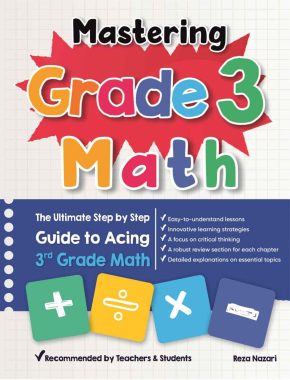
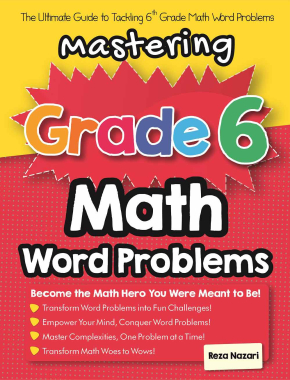
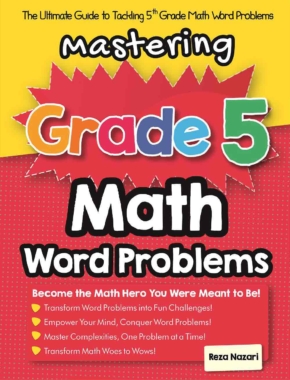

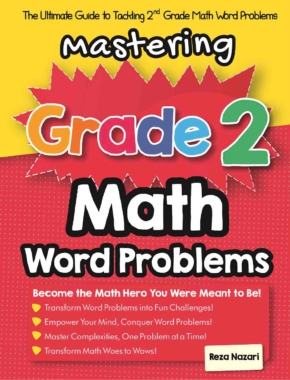

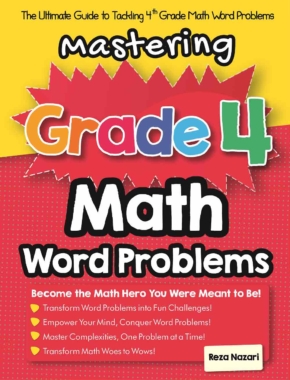
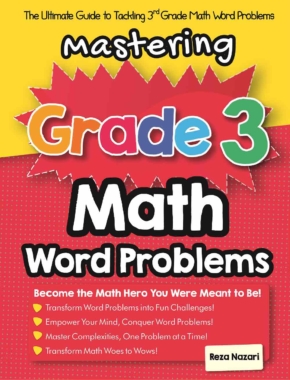




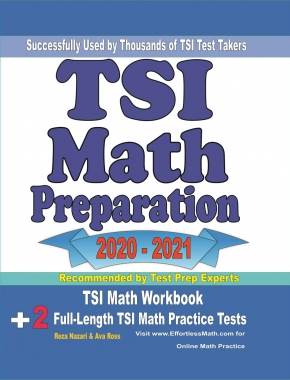







What people say about "How to Break Down Complex Math Problems in Your Homework - Effortless Math: We Help Students Learn to LOVE Mathematics"?
No one replied yet.